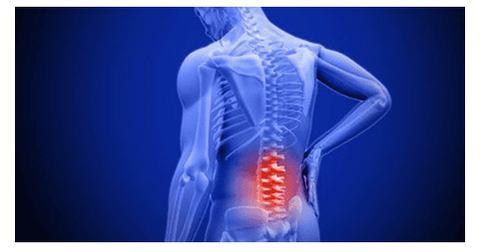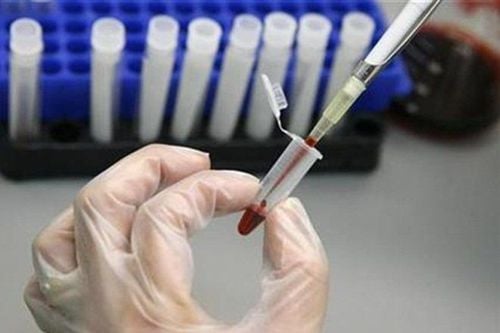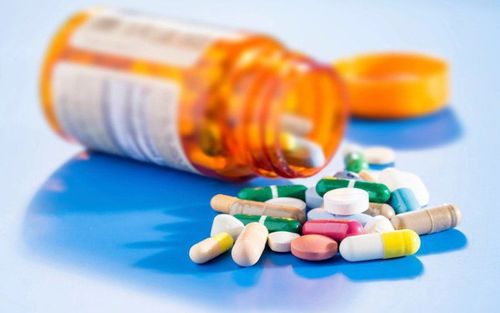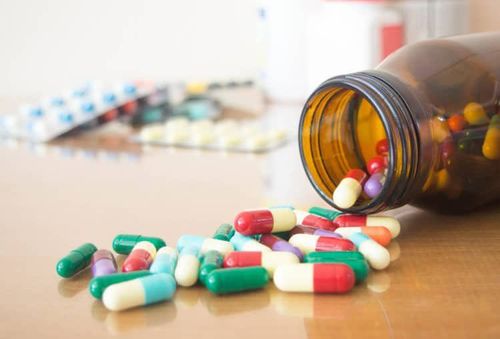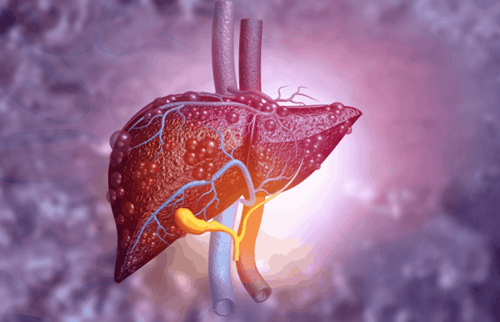This is an automatically translated article.
The article was professionally consulted by MSc Do Thi Hoang Ha - Doctor of Biochemistry, Laboratory Department - Vinmec Hai Phong International General Hospital.There are many causes of changes in blood urea levels, especially liver and kidney dysfunction. Therefore, blood urea nitrogen (BUN) test is often ordered to evaluate liver and kidney diseases.
1. What is a blood urea nitrogen (BUN) test?
The BUN test (short for Blood Urea Nitrogen) is a method used to measure the amount of nitrogen present in urea (urea nitrogen). Urea is the main degradation pathway, the most important product of nitrogen metabolism and also the end product of protein metabolism in the body.Proteins in the body are of endogenous and exogenous origin. Endogenous urea is provided from protein in food, converted into amino acids by protease enzymes, these amino acids are reabsorbed and converted to NH3 and NH3 will be converted to urea in the liver. Endogenous urea is formed by catabolism of tissue proteins to release amino acids into NH3 and NH3 will be converted to urea in the liver.
Thus urea is formed in the liver and will be eliminated through many ways, a small amount is excreted through sweat and the gastrointestinal tract (part of urea is eliminated in the intestinal lumen by intestinal urease enzymes). , the major route of urea excretion is via the renal route (urea is taken to the kidney, filtered in the glomerulus, reabsorbed in the renal tubule.This reabsorption is dependent on urine flow and tends to increase when urine flow is < 2 ml/min and is regulated by the hormone ADH).
Thus, a quantitative blood urea nitrogen test (BUN test) will help assess the functioning of the liver and kidneys. Any cause of abnormal liver or kidney function or function will change the results of the BUN test. If the concentration of urea is high, it may be a warning sign of kidney disease, dysfunction or protein content in the body is too high or the body lacks water leading to poor circulation. If blood urea is low, it could be a sign of malnutrition, liver disease or liver damage.
2. Order blood urea nitrogen (BUN) test
BUN test is done to diagnose kidney disease, liver disease. Specifically:2.1 Diagnosis of kidney disease Blood urea nitrogen test is indicated in all kidney diseases including: Alport syndrome, acute nephrotic syndrome, chronic renal failure, renal vascular occlusion, inflammation acute pyelonephritis, metabolic dementia, hepato-renal syndrome, tubulointerstitial nephritis, lupus nephritis, rapidly progressive glomerulonephritis, renal cysts, renal arteriosclerosis, non-diabetes insulin dependence,...
Doctors also rely on this test to evaluate the normal functioning of the kidneys, assess the progression of kidney diseases, evaluate the treatment process and check the status of the kidneys. severe dehydration (diarrhea), hypovolemia, mercury poisoning...
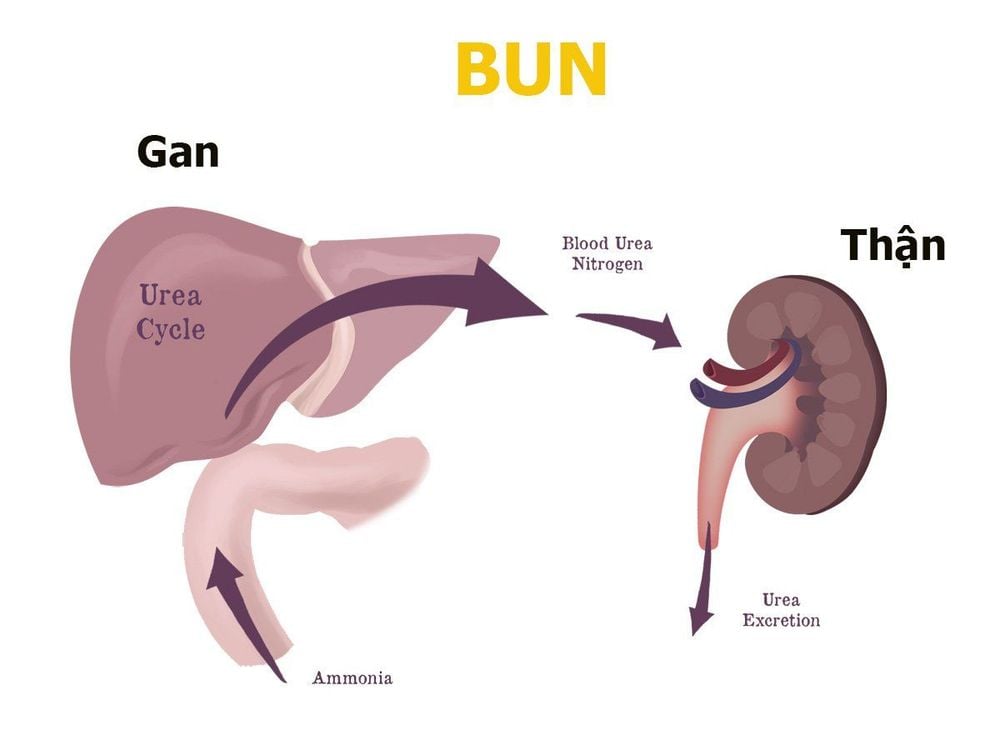
In addition, this method is also used to diagnose some other diseases such as urinary tract obstruction, congestive heart failure, gastrointestinal bleeding, Celiac disease, syndrome of inappropriate ADH secretion, syndrome of hypothyroidism absorb ..
3. Procedure for performing blood urea nitrogen (BUN) test
3.1 Preparation Patients should limit their intake of meat or foods containing proteins for 24 hours prior to the BUN test. It is best to take blood for testing in the morning. The test is performed on a venous blood sample.3.2 Implementation The sampler wraps an elastic band around the upper arm to prevent bleeding, making the veins below the elastic band larger, allowing the needle to be more easily inserted into the vein; Clean the needle site with alcohol; Place the needle in the vein, attach a tube to the needle to withdraw the required amount of blood; Remove the bandage from the arm when enough blood has been drawn for the test; Place cotton or gauze over the spot where the needle was inserted; Apply pressure to the place where the needle was inserted and then bandage it. The blood sample is immediately transferred to the laboratory to perform a blood urea quantitative test.
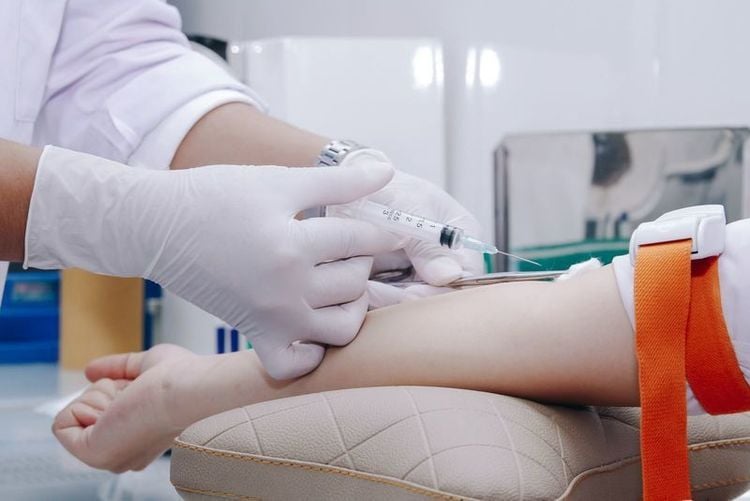
3.3 Read the blood urea nitrogen (BUN) test. Normal readings in adults are 7.8 – 20.2 mg/dL or 2.8 – 7.2 mmol/L. The normal range in children is 5 - 18 mg/dL (1.8 - 6.4 mmol/L). Blood urea levels are high when the results are higher than the reference range of the test. This is a warning sign that the patient has kidney damage due to diabetes, high blood pressure, kidney failure, pyelonephritis, tubular necrosis, or low blood flow to the kidney due to dehydration, heart failure, or infarction. heart muscle. In addition, many medications can also cause high blood urea nitrogen. Besides, blood urea nitrogen index can also be caused by a high-protein diet, tissue damage, gastrointestinal bleeding, urinary tract obstruction or Addison's disease; Urea blood levels are low when the results are lower than the reference range of the test. This is a warning sign of a low-protein diet, malnutrition or serious liver damage. Besides, blood is diluted by drinking too much water, patients on dialysis, volume overload or nephrotic syndrome also lower blood urea nitrogen index. Low blood urea nitrogen levels are also more common in pregnant women and children than in men.
4. The effect of blood urea index on health
Increased or decreased blood urea levels also affect human health. Specifically:Nervous: At a mild level, causing fatigue, dizziness, headache, dizziness, insomnia, flies can be seen flying in front of the eyes and insomnia. Moderate level is causing drowsiness, narcolepsy, struggling,... In severe cases, patients may have convulsions, coma, pupillary constriction, poor light response,...; Cardiovascular: Fast, small pulse, high blood pressure, in the end stage of kidney failure can cause cardiovascular collapse, life-threatening; Digestion: At a mild level, the patient suffers from loss of appetite, gas, and bloating. At a severe level, the tongue shows signs of blackness, nausea, diarrhea, ulceration of the oral and pharyngeal mucosa, even gastrointestinal bleeding in case blood urea is too high. Respiratory: Ammonia-smelling breath, slow and weak breathing, irregular breathing, possible coma, Body temperature: Body temperature often drops; Hematology: Depending on the stage, the degree of influence may vary. Patients with uremia are often anemic. The more severe the anemia, the more severe the kidney failure.
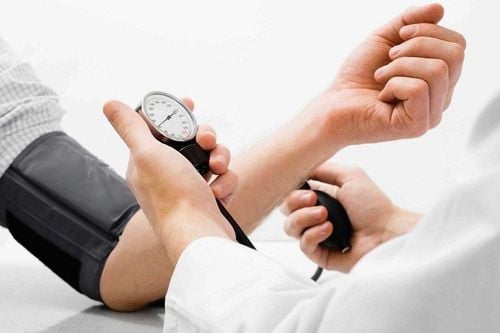
Vinmec International General Hospital is one of the hospitals that not only ensures professional quality with a team of leading medical doctors, modern equipment and technology, but also stands out for its examination and consultation services. comprehensive and professional medical consultation and treatment; civilized, polite, safe and sterile medical examination and treatment space. Customers when choosing to perform tests here can be completely assured of the accuracy of test results as well as the time to return test results.
If you have a need for consultation and examination at Vinmec Hospitals under the nationwide health system, please book an appointment on the website for service.
Please dial HOTLINE for more information or register for an appointment HERE. Download MyVinmec app to make appointments faster and to manage your bookings easily.





